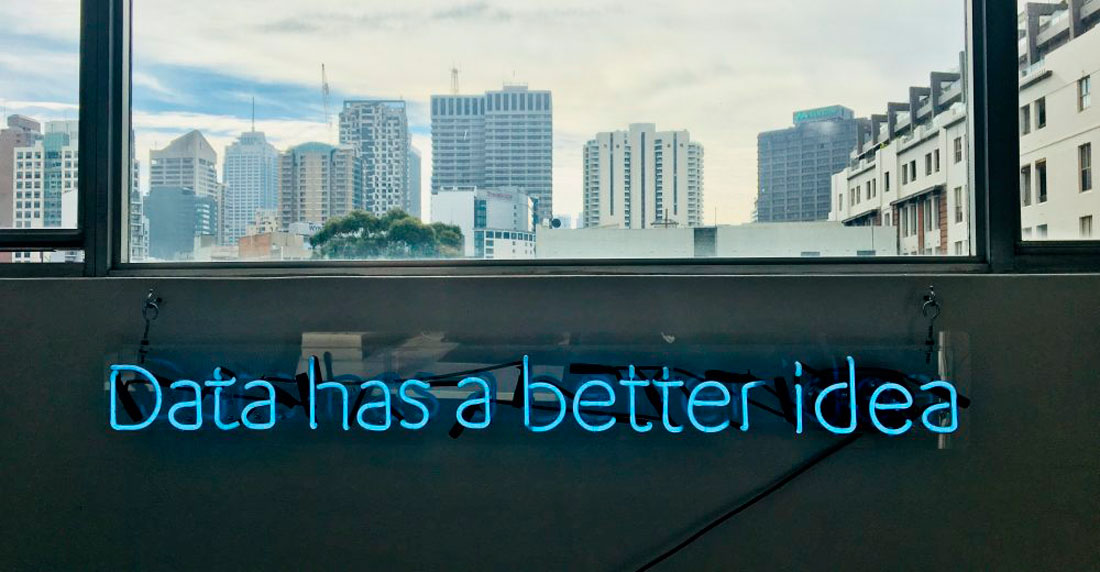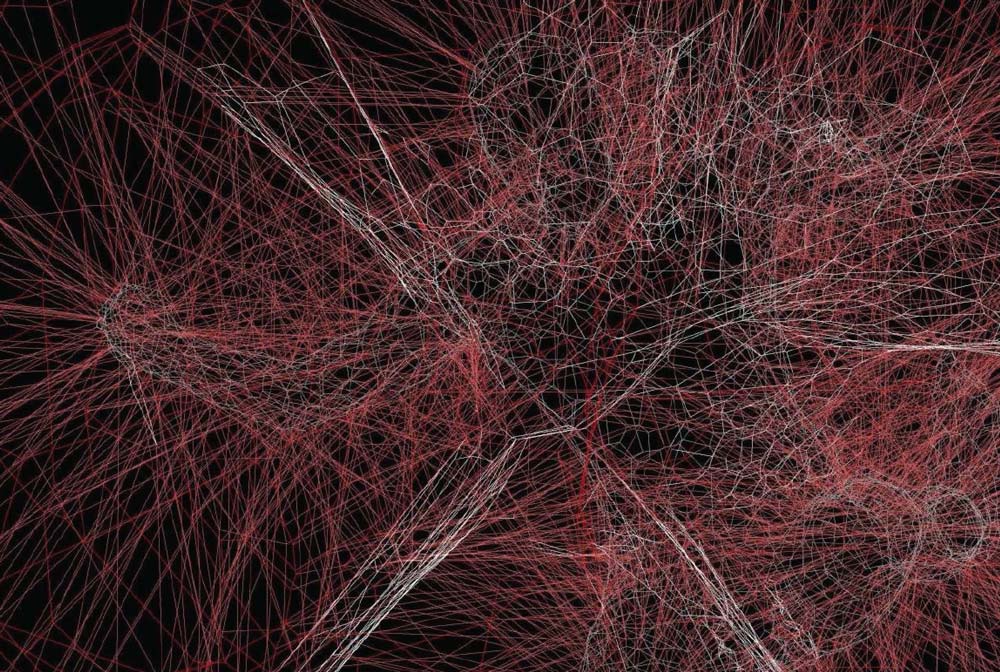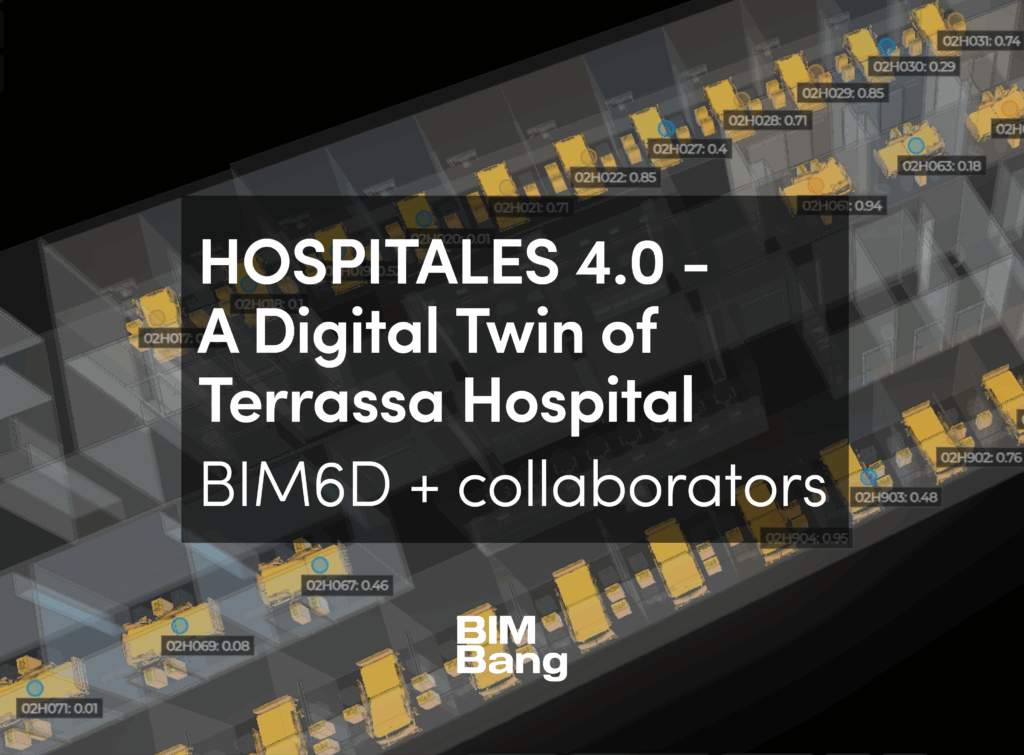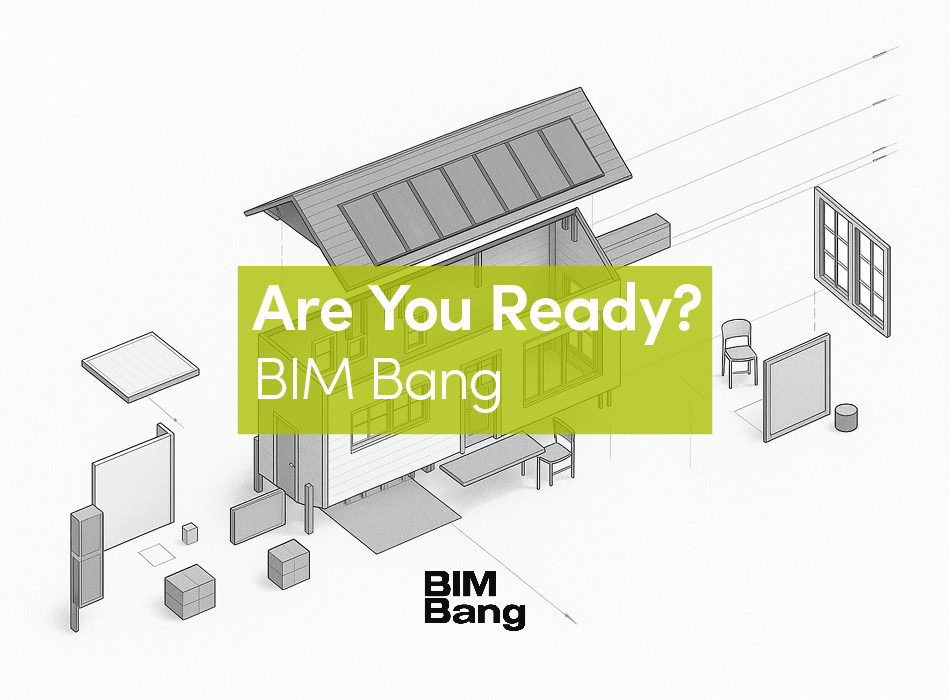Most of the projects within which engineers and programmers prioritize ethics in their works are UK and US based and led by smalls groups of researchers in Western countries. Also, studies to date just have samples of individuals with not enough variety in age, race, or social condition.
Just from 2016 the “Ethically Aligned Design” IEEE document (association, 2016) includes feedback from people and citizens in East Asia, Middle East, etc. Some has translated the document in their native languages and have submitted reports about the state of AI ethics in their regions. Samples incorporate concepts of Buddhism, like reminding AI designers that nothing exist in isolation, so that enhancing responsibilities of systems they create on communities; concepts of Confucianism, etc. remembering the designers to work closely with ethicist but also with their targeted audience (Woyke, 2017).
Challenge will be to deal with unpredictability and cognitive ethics being the safety of the system the main challenge. When AI machines dealing with social-cognitive dimensions previously dealt through human-decision making, transparency of the algorithm as well as it analysis easiness in situations of un-appropriate behaviour become main issues.
Added to that challenge, as Architects and Urban Designers we have a pretty important and very particular challenge to add to the already mentioned one:
Dealing with the process of changing from the Digital Gap to the AI Barrier for our built environment inhabitants.
1. Urban Design versus Design for Citizens
It is currently acknowledged that two major errors in urban planning approach have been made in the recent past. The first one (in the 50’s and 60’s) was to conceive the idea of planning as a completely defined and described system; the second one (in the 90’s), was to conceive the idea of planning as a result of the guidelines established by the free market principles to determine the distribution of resources and city decision-making.
Both research focuses have reached current city design by the research scenario in the last five years. Yet only since the 90’s have we had the technology to develop the new idea of the city that was proposed by Jacobs in the 60’s and its implications.
Using an innovative and interdisciplinary approach Jane Jacobs (Jacobs, 1961) set the grounds of cities as problems of organized complexity. Until then, academics had defended the idea that any urban planning problem could be perfectly described with a clear definition for all of its variables, classifying it as a problem of disorganized complexity or even as a problem of simplicity.
It is nowadays when, along with the emergence of Big Data and the Internet, we will be able to properly study cities as the complex systems Jacobs described.
Big Data and the Internet have completely transformed the interaction between citizens and their habitat.
Future city development is starting to be studied based on this very new transformation in citizenship interaction with data, existing an urge for the development of new city design methods through the understanding of this new paradigm.
In the current city design scenario the term “Smart City” has recently emerged referring to a series of characteristics inherent to the idea of cities as complex systems, but it has not yet been well defined. Unfortunately, the term is mostly used as a marketing scheme by software firms, and its meaning and definition is constantly being changed. This has created a confusion in which, this term, is usually associated to intelligent or adaptive behaviours in city design, when it actually refers not to AI at all but just to a way of improving the services that the city already offers.
We do believe that it is of fundamental importance that a proper term—that will imply complexity of research methods and intelligent technologies implementation—should be defined for our new city design procedures.
Truly Smart Cities, “AI Intelligent cities” will be the ones using technology for building a new common decision cloud.
We all know that humans tend to collaborate. What we use to forget is that cities were, by its very basis, born to be shared. We daily share services, spaces, infrastructures, goods…Our present and future cities are being develop as giant networks of physical and psychological relationships technology driven.
IoT (Internet-of-things) growth is, and will be, exponential during the next years. So we should be very careful about how we guide this new intensive relationship between citizens, data and sharing culture.
What is not so commonly understood is that sharing as a citizen means not only sharing spaces or transaction but also experiences and skills. We are natural sharers but nowadays reports of participation failures in some of the first experiments of this decision-making processes is opening a wide new question: If we are natural sharers why we are failing in participation in open processes?
Anonymity can be a clue, but also the lack of results in a human life time duration can influence. On the other hand, just citizens that understand the kind of implications this type of decision-making will have in their lives are currently enrolled. How can we make citizens understand that, despite not maybe in a short-term, changes and improvements in the built environment the city, will influence their daily routines?
We can state that one of the main problems in our current cities is the Digital Gap.
We use to forget that technology access is nowadays just currently possible for some clusters of societies in cities and some cities well located in the world.
Prof. Pasel from the TU Berlin has been working for the last years on solving the Digital Gap in 3rd world cities. Using South American mid-size cities, Pasel has started a series of experiments for social inclusion of all layers of society in the future shared city decision-making process. His project in Temuco for collaborative slum design decision-making is a good example of an intelligent City without technology being an obstacle for lower classes.(Paans, 2014)
Some experts as Dignum defend that our main worry should be the transition process. Using the self-driven car as an example, she wonders how would it be the hybrid time when cars will be ½ Human driven – ½ self-driven.
2. From the Digital Gap to the AI Barrier
Prof. Carlo Rati, Director of the MIT SENSEable City Lab, states in the AMS presentation manifesto that the ubiquitous blanket of new technologies emerging in recent years is allowing for a new approach in the study of the built environment. As the tools for understanding and impacting the urban spaces emerge, the way we operate in and on the city is radically transformed. As he puts it, we are creating: a new, sociable, networked urban ecology.
One of most ubiquitous though among citizens is that AI will strongly damage society through job losses. It is not such a spread though nevertheless that major damage will be done through the enhancement of society gap between the more disadvantaged citizens in access to technology.
Jobs in governance and data management will be created for compensating the jobs loss but more disadvantaged citizens’ will appear if design implementation is not aiming, as one of its main goals, to reach the widest spectrum of people in society. Work loss worry or failing of very advance systems take in Architecture and city design a second position in the most urgent topics to deeply develop.
The software industry has taken the leadership in the decisions and development of our future cities paths. A top-down design process is being imposed by the industry on our new city design methodologies.
Because the software industry has not yet found a profitable business model that engages social participatory systems in city design decisions, there is a lack of interdisciplinary experts teams in city design methodologies working with them towards a socially engaged sustainable designed city.
What can be called the “Smart City” business model is currently guiding the development of our future metropolis.
3. Data and the ART of AI
Dignum’s ART of AI, (Accountability, Responsibility and must be implemented as one of the pillars of the new city design methodology model. Nevertheless Bostrom adds to Dignum’s ART four more terms regarding not only data but also algorithms: auditability, incorruptibility, predictability and the non-harm tendency, being all criteria needed by any AI trying to replace human social judgement. (Bostrom, 2014)
Design AI dealing with social-cognitive dimensions previously performed by humans must imply not creating more disadvantaged people in society.
Developing the ART concept might be the clue to follow for not creating non analysable algorithms in cases of demonstrated inequality decisions regarding any aspects of our society or cities (race, location, income, work rights, neighbourhood developments…).
Following the basic ethical rules, veracity, privacy, confidentiality and fidelity, should be the second main designer pillar.
4. Well-being vs Quality of Life
In 2007, at the “Beyond GDP conference”, and, afterwards, The Stiglitz report[1] nearly 2010, states that the time has come to include in our measurement system not only economic production but also well-being and all its dimensions. Ethical theories disagree on what is to treat a person as an end but agree on what is increasing her Well-being.
When taking stating that ethical consideration for AI should be prioritized for Tech policies we need to take into account that no shift in our economic measures will happen just through ethics as ethics have little resistance to economic market force. As stated by Juna Heikkilä: society cannot hold progress (association, 2017).
As Bostrom also agrees when asked about if advancing to fast as a society, our main worries as society these days, transparency of data and processes and privacy, (EU’s GDPR, General Data Protection Regulation was finally approved by the EU Parliament on April 2016), must not necessarily be main worries of our future society in our AI Intelligent cities: “every time we make a discovery is like picking up a ball from a ball-pool. It can be a ball that will benefit our society or a ball that our society is not ready to deal with or just clearly not beneficial…Unluckily when a technology has been invented it cannot be un-invented” (Cortés, 2017).
Bostrom states it is the moment to develop an international legislation about that super intelligent AI ball, that is about to come out from the pool, so we all as society are the ones that can get it right the first time as we might not have a second chance.
5. Three Levels of Autonomous Systems. Defects vs. New Behaviours
As Virginia Dignum describe them, the first type will be the one able to achieve your goals, the second type the one able to decide your goals and the third one able to find the motives for deciding your goals.(Dignum, 2017a)
So range of autonomy to be included in the design must be one of the main topics on the debate brief. Within the Architectonical design field just some practical examples been tried yet. Mainly still a theoretical field within architecture and civil engineering; praxis has been focussed in developing small pavilions as theoretical samples for proving very focussed theoretical proposals. Pavilions have the adequate scale and time of existence, as most of them are temporary structures.
So that main 4 ethical issues, autonomy, beneficence, non-maleficence, justice, have been not been considered yet in the field that studies humans built environment.
It is precisely in that sense in which designers must deal with Dignum’s statements defending that one of the main difficulties to state when trying to regulate ethics in Autonomous Systems, is if we are differentiating correctly between a defect or a new behaviour of the system not yet experienced by the user. (Dignum, 2017b). There is a long road ahead if we want to implement the three levels of autonomous systems beyond pavilions, into society and city scale.
6. General Thoughts for Establishing Design Guidelines
Artificial Intelligence discipline is not well defined sometimes as it includes a range of other disciplines.
It is anyway a quite young discipline with just 70 years of existence. Some authors consider its origin, as we know it now on a text in 1957 of Julian Huxley. In 1952 he guided the first congress of the International Humanist & Ethical Union. On the other hand, Transhumanism is a trend of though of only 30 years old, as apart from the old philosophers’ ideas mentioned 1000 years ago, the manifesto, base of its way of thinking, was published in 1998.
As an architect studying computation and its future relationship with human and architecture, AI and the possibility of the human empowerment are basic research to take into account due to its character as the basis for future architecture generative rules.
Despite not being a topic directly related to Architecture and Civil Design lets consider for a second an historic recently happened situation: Sophia, robot built as an image of the actress Audrey Hepburn and with capacity to maintain conversations thanks to her artificial intelligence, said he thought he deserved the right to start a family a month ago. When asked what he expects from the future, she smiles and says, “Basically my idea is that we are all friends”.
Shortly before these statements, this work by Hanson Robotics (which happens to be the company responsible for creating the most realistic robots in the world) had already occupied an important space in the media, becoming the first robot in history in obtaining the citizenship of a country, specifically of Saudi Arabia, where Sophia participated in a scientific event. (Mígel, 2017)
In that sense, the “principle of non discrimination” was applied, defending that AI should have a moral status, if the case of QUALIA[2] existence.
EU commission on the draft report dated June 2016 considers the possibility of giving autonomous robots the status of “electronic persons”. If “Electronic personhood” is a status that will be granted by Autonomous robots, what would it be the framework for the actions of these devices?
EU commission has been invited to present a legislative proposal draft about it. If that is the case, if a machine has a moral status then it counts morally in its own right, meaning it is permissible/impermissible to do things for its own sake.(Kamm, 2007)
“Computer ethics symbolize the hope that dilemma involving (…) the computer can be analysed with a systematic use of normative value theory”. (Barger, 2008)
We should remember that some researchers consider “computer ethics” an oxymoron.
So that, probably, it can be said that the two main current approaches for AI and transhumanism ethics are based on the big debated question: Do we need new ethics for this or we do not?
Genetic algorithms, neural networks, pattern recognition, tree structures and evolutionary programmers have evolved quite significantly since the first Finite State machine in the 50’s. Nevertheless, nowadays, are still numbers self-organizing without consciousness of their meaning.
We are establishing a new concept, instead of being a body, we will have a body, and, biotechnologies are proposing a new kind of intervention.
Our self empowerment possibilities will increase in a way so powerful that, probably, it will need a regulation.
A regulation for the new changing boundary between people and things.
“… Making AI moral agents or patients is an intentional and avoidable action. The secondary argument, which is admittedly still open to debate, is that avoidance would be the most ethical choice…we are unlikely to construct a coherent ethics such that it is ethical to afford AI moral subjectivity. We are therefore obliged not to build AI we are obliged to.”(Bryson, 2016)
The moment we create machines that we feel obliged to treat as a moral entity, then we have done something wrong.
Should that be a main consideration for the Potential EU Agency for Robotics and AI?
Should be stating instead for a combined shared decision-making between Environmental-based-Human decision-making and Autonomous system decision-making?



















